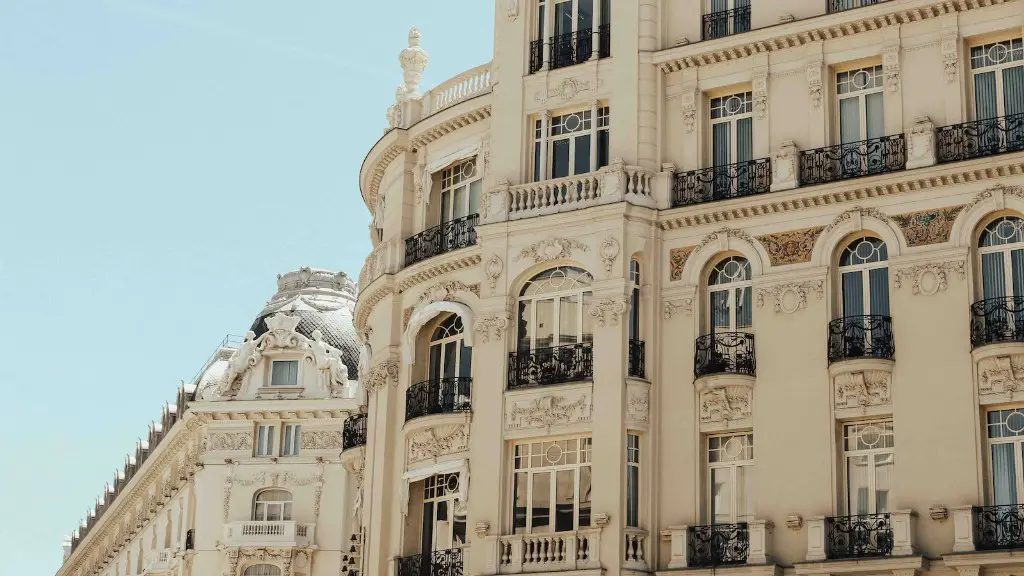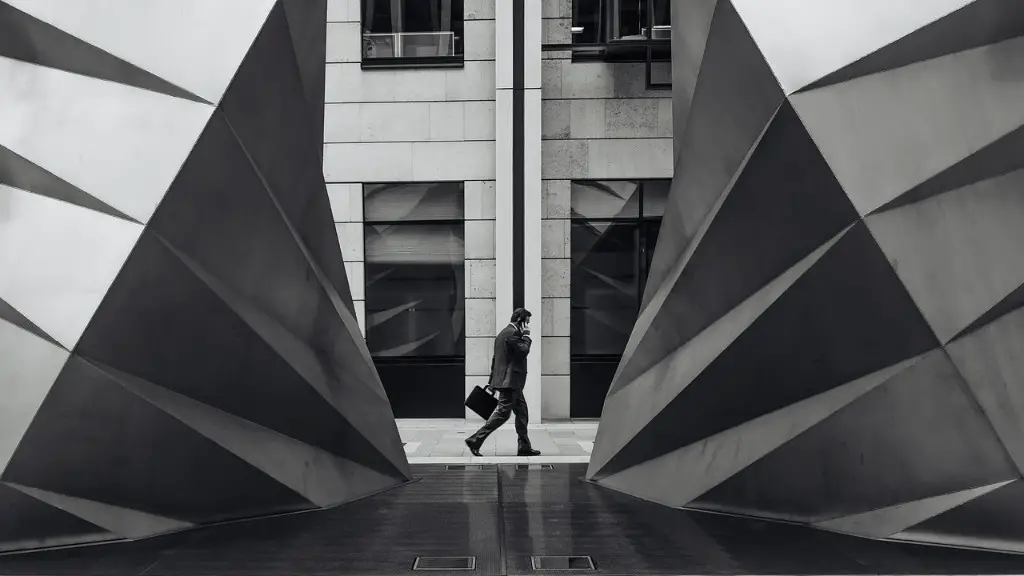Who Influenced The Architecture Of Ecuador
The landscape of Ecuador is defined by influences from both pre-Columbian civilizations and by approaches from Hispanic colonizers during the Spanish conquest. Languages, beliefs, cultural customs, and architectural style can all be seen from the combination of these two seemingly disparate worlds. As a reaction to an increase in immigration from Europeans during the mid-20th century, the culture of this South American country has become a melting pot of those who settled in the area and those who have continued to visit and travel there.
This includes understanding the unique combination of indigenous tribes and Spanish colonizers, who together, played a major role in shaping the country’s architecture. Natively present styles of construction, such as the traditional way of assembling colcas and zaguanes, have been combined with newly introduced forms and architectural designs from other parts of the world. This has resulted in a rich tapestry of architectural composition that has characterised the Ecuadorian cities and regions throughout many years.
Architects have played a pivotal role in the history of Ecuador, with many indigenous cultures being fascinated by building construction and the engineering behind it. This has led to many cultures in the region looking to Europe for inspiration which helped them to evolve their own locally-driven artistic expression. This inspiration has been seen in cities such as Quito where Baroque, Renaissance, and Gothic elements are present in many of the buildings.
The influence of Spanish Colonial style of architecture is evident in many of the country’s cathedrals and church buildings. Religious organisations have been a lasting presence in Ecuador since the Spanish arrived and have severely influenced the architectural landscape. While in many cases, the original structures were destroyed, the existing structures still reflect this prominent piece of the country’s history.
In addition to Spanish Colonial and religious architectures, Ecuador has been experiencing a boom in modern architecture in recent years. While the country has seen an increase in industrialisation, many of the modern buildings respect the traditional styles of Ecuadorian architecture. This can be seen in the dense cityscape of Quito and Cuenca, where classic features such as plazas, patios, and courtyards are seamlessly blended with more contemporary designs.
Finally, while a great deal of Ecuador’s architecture is informed by its colonial heritage, the country’s indigenous elements remain ever-present. The country’s commonly found adobe constructions are in many ways still a reflection of the ancient peoples, who first inhabited the land. This basic method of traditional construction is still employed in many parts of the country, with modern architecture also having taken on this style.
Religion’s Influence in Ecuador
Religion has had a tremendous influence on the architecture of Ecuador, playing a pivotal role in many aspects of the country’s architectural and cultural development. This is evident in the abundance of churches, whose architecture is the embodiment of the Spanish colonial style. Although much of the original structures have been destroyed, many of the remaining buildings still pay homage to this era.
The colonial churches found in Ecuador, particularly in Quito, provide proof of the religious influence on the architecture of the region. Sacred cathedrals and iconic religious buildings such as the San Francisco Church and La Compañía de Jesús offer insight into the important role religion has played in shaping the architecture of the country. Similarly, many of the region’s convents, monasteries, and nunneries have been some of the most impressive icons of religious architecture.
Not only have the religious organisations left their mark on the architecture of the region, but they have also served as powerful influences on population movements and urban developments. As the faithful are drawn to religious sites, these sacred locations have become hubs of activity, creating distinct cities known as religious enclaves.
Furthermore, the religious structures that have been built in Ecuador have become symbols of the country’s rich cultural identity, with vibrant neighbourhoods surrounding these sites and distinct architectural features unique to the faith. These buildings also act as monuments to the culture and heritage of the people of Ecuador, paying tribute to their past.
Modern Architecture in Ecuador
In recent years, Ecuador has experienced a surge in the development of modern buildings and structures of buildings. While the country’s traditional architectures still remain strongly present, more contemporary designs from around the world have become increasingly popular. This is largely due to the increase in industrialisation, allowing for a greater opportunity for aspiring architects to showcase their work.
Modern architecture in Ecuador encompasses a broad scope, ranging from sustainably designed building materials to the implementation of smart grid technology. There is also a distinct change in the materials being used in the country, with more environmentally friendly alternatives such as bamboo increasingly being employed in buildings.
The emergence of modern building practices has also had a positive impact on the vibrancy of many cities and regions. Quito, in particular, has seen a marked difference in the appearance of its urban landscape as a result of modern buildings taking the place of older structures. This shift towards a more modern and aesthetically pleasing architecture has indicated a progressive embrace of new building practices.
Qualities such as the open space available in modern structures, the use of environmentally conscious materials, and the overall aesthetic appeal of the building have been touted as benefits of modern architecture in Ecuador. Furthermore, many modern buildings come equipped with the latest technological advancements such as solar panels, further fortifying the rise of this style of architecture.
Traditional Influences in Future Design
The influence of traditional architecture on Ecuador is still present, even in the most modern of buildings. This has been particularly evident in recently constructed developments, which incorporate traditional design styles and materials alongside more contemporary approaches.
Many of these modern buildings pay homage to Ecuador’s indigenous heritage, such as La Mariscal neighbourhood in the capital city of Quito. Here, traditional adobe constructions are visibly juxtaposed with modern high-rise skyscrapers, creating a unique blend of history and future.
Additionally, the development of public structures such as public parks have been seen as a showcase of traditional architecture. In this way, the government has highlighted the importance of respecting the country’s past in order to simultaneously build towards its future.
Similarly, the increase in the number of museums has further galvanised the preservation of traditional architecture, with these cultural education facilities paying tribute to Ecuador’s colonial past. This has not only cultivated a deeper appreciation for the architecture of the country, but it has also promoted diversity in the building processes of more recent construction.
Conclusion of Traditional Influence
The combined influences from both pre-Columbian civilizations and from the Spanish Colonization have shaped the architecture of Ecuador. Today, modern approaches and traditional design methods collaborate to form an eclectic combination of culture and construction techniques. This highlighting of local sensibilities has been crucial in establishing a unique character within the Ecuadorian urban landscape.
Not only have religious organisations and modern buildings brought new forms of architectural design, they have also highlighted the respect of the past. Traditional construction styles are still present in many buildings, with cities such as Quito taking great pains to keep these elements present. From cathedrals to modern skyscrapers, Ecuador has created a vibrant architectural landscape, one that celebrates the combination of both old and new styles.




